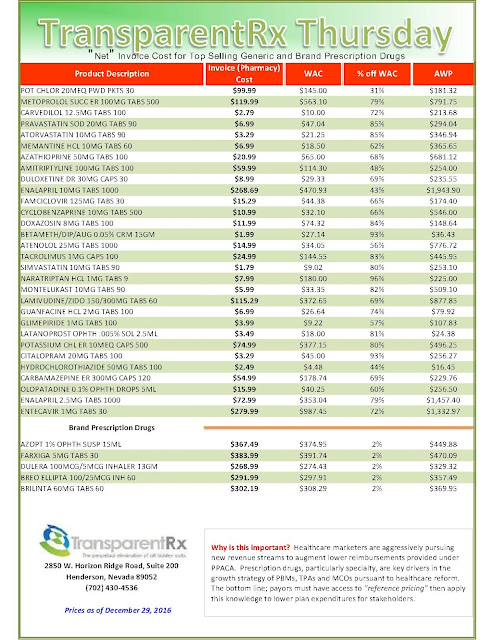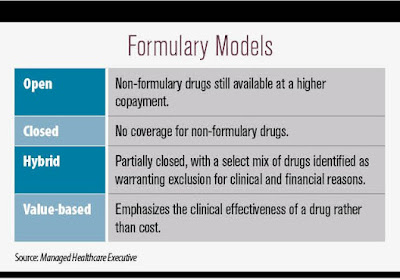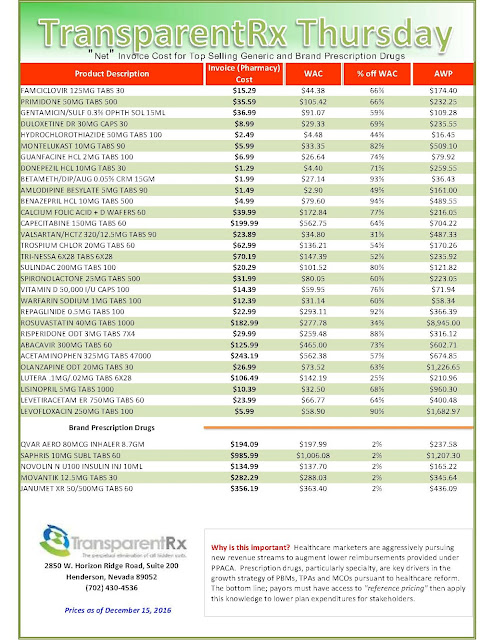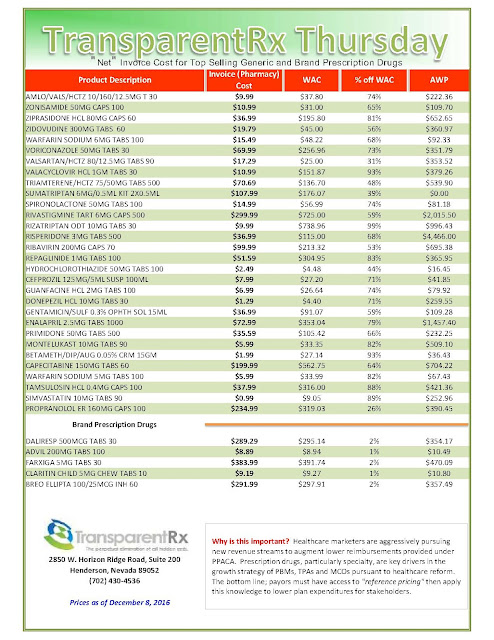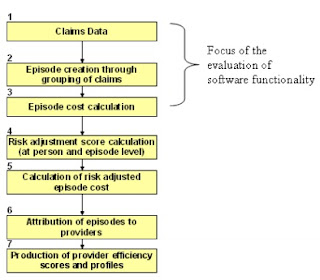High-Priced Drugs: Estimates of Annual Per-Patient Expenditures for 150 Specialty Medications [Report]
Although use of lower-priced generic medications is expected to exceed 90 percent of all prescriptions dispensed in the United States over the next five years, IMS anticipates 225 new medications will be introduced to the U.S. market during this same time period. Many of these agents will be specialty pharmaceuticals, which are generally understood to be drugs that are structurally complex and often require special handling and delivery; are often administered in an office-setting; and can include complex molecules such as biologics.
 |
| Click to Enlarge |
Another distinguishing feature of specialty pharmaceuticals is their high prices. Previous studies have shown that specialty drugs together account for less than 2 percent of all prescriptions written; however, these drugs make up almost one-third of total spending on prescription medications. It is common for these medications to cost thousands of dollars per patient per month.
Both the current state of prescription drug pricing and the projections of continued increases in drug spending in the years ahead have prompted a variety of proposals from both federal and state lawmakers.
In 2016 alone, 14 state legislatures — California; Colorado; Georgia; Massachusetts; Minnesota; New Jersey; New Mexico; New York; North Carolina; Pennsylvania; Rhode Island; Tennessee; Texas; Virginia and Washington State — considered bills addressing the rising costs of prescription medications. The aim of many of these legislative efforts is to gain greater transparency into the manner by which drug companies determine these exorbitant prices. Many of these bills are focused on those medications that exceed a certain annual cost threshold, often $10,000 per patient per year.
Given the steadily increasing rate in the number of specialty pharmaceuticals coming to the market, there is, more broadly, a need to assess the prevalence of high-priced drugs and begin to quantify the magnitude of their costs to the health care system in general.

